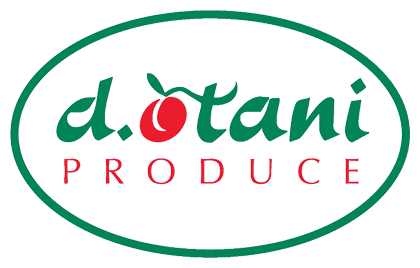![]() In March, as the world shifted into national emergency mode, food retail revenue climbed to record levels. While demand increased and carefully calibrated supply chains were disrupted, the cost of groceries continued to rise at the fastest pace in decades. These increases were also met with uneasy shoppers who stocked up in fewer stores, with fewer trips, making those increased prices seem even larger as their households’ monthly total food spend was now very visible and accessible with only a few mental additions of trip totals.
In March, as the world shifted into national emergency mode, food retail revenue climbed to record levels. While demand increased and carefully calibrated supply chains were disrupted, the cost of groceries continued to rise at the fastest pace in decades. These increases were also met with uneasy shoppers who stocked up in fewer stores, with fewer trips, making those increased prices seem even larger as their households’ monthly total food spend was now very visible and accessible with only a few mental additions of trip totals.
Even the households that were not feeling the stress of unemployment and food insecurity were rethinking and shifting their values, exhibiting thrifty behaviors, and selectively trading down in some categories. While the data tells us the overall total food spending was down or flat to pre-pandemic levels when given the proportionate decline of restaurant food spending, the sticker shock and large retail rings have left shoppers redefining value in the age of COVID-19. Even now in August as the sharpest hikes have eased somewhat, shoppers are changing their value models and definitions.
So, what is value and how do our shoppers define it? To start, the shopper’s value is not the same as your value proposition. It is, however, anything that the customer knows about and is willing to pay for. With that definition, let’s explore some of the ways shoppers are expanding their definition of value.
Quality: What once was a ‘get the most for my money’ mindset shoppers began to seek additional dimensions to the definition of quality. This expansion over the last decade broadened quality to also include taste, food safety and transparency of the supply chain.
Now with health and wellness at the center of our daily conversations, shoppers have yet again expanded their quality definition and are looking for foods that will provide the greatest nutritional value, heal, increase immunity and lower inflammation. They are seeking foods that are functional in their wellness strategy. This is a great time for fresh produce to shine and emerge as the core department for shoppers pursuing healthful eating.
Experience: For years we have been talking about creating meaningful experiences for our customers as opposed to selling them things. The store experience has expanded well past reducing front end wait times and bright and clean stores. Visual displays, cooking classes, meal kits, even walk around beers are now a thing and have continued to expand the shoppers’ value and how experience is defined.
Now we shall shift again to accommodate the shoppers’ online experience, sanitation and safety practices, and contactless transactions. Man, I wish I had owned stock in a plexiglass company in January. This is now the new experience and it seems to be here for the foreseeable future.
We need to embrace technology; educate our shoppers on the efforts we are taking to keep them healthy and train our associates to pick beautiful produce. Will I get five bananas or five bunches of bananas this time? I always wish I could provide my picker with details on how to choose my four avocados (two ripe and two with a few days to go).
Retailers are also in a unique position to help with simple meal solutions. I think everyone is a bit tired of cooking or experiencing some level of meal fatigue. Leveraging social media and inspiring new and easy recipes that can make mealtime fun and easy are in high demand. As families return to some form of a school routine this month many parents will be even more time-starved and seeking solutions to get them in and out of the kitchen.
Purpose: Even before coronavirus made its way into our vocabulary, shoppers were using their purchasing power for good. The practice of seeking brands that align with their personal values and beliefs has been well established. Being mindful of the communities we serve, and support goes even further today as social justice continues to be measured across the nation.
The good news is that shoppers are buying more fresh produce than before the pandemic — proof that fresh produce is key to the future of retail and will play a key role in the expanding value dimensions of the shopper.
(Lesley Daniels is the account development director for Produce for Kids)

